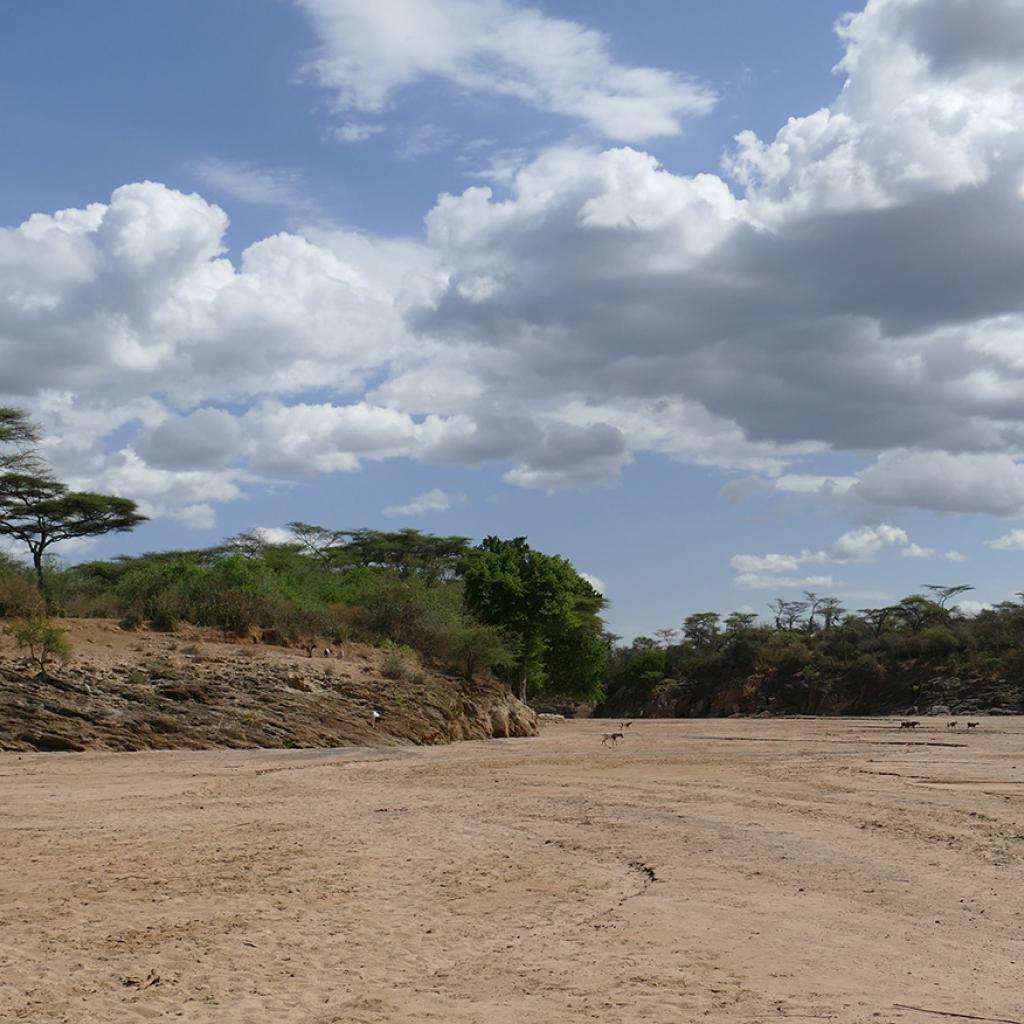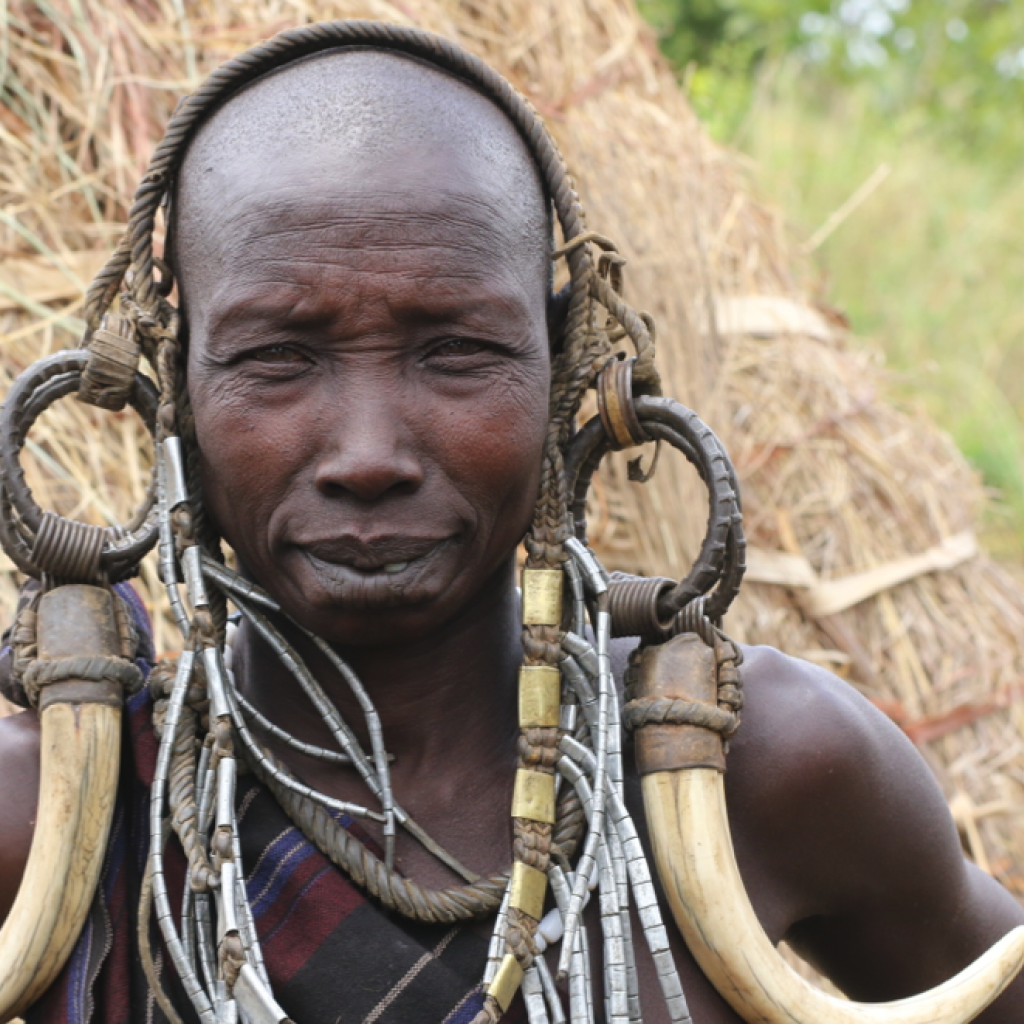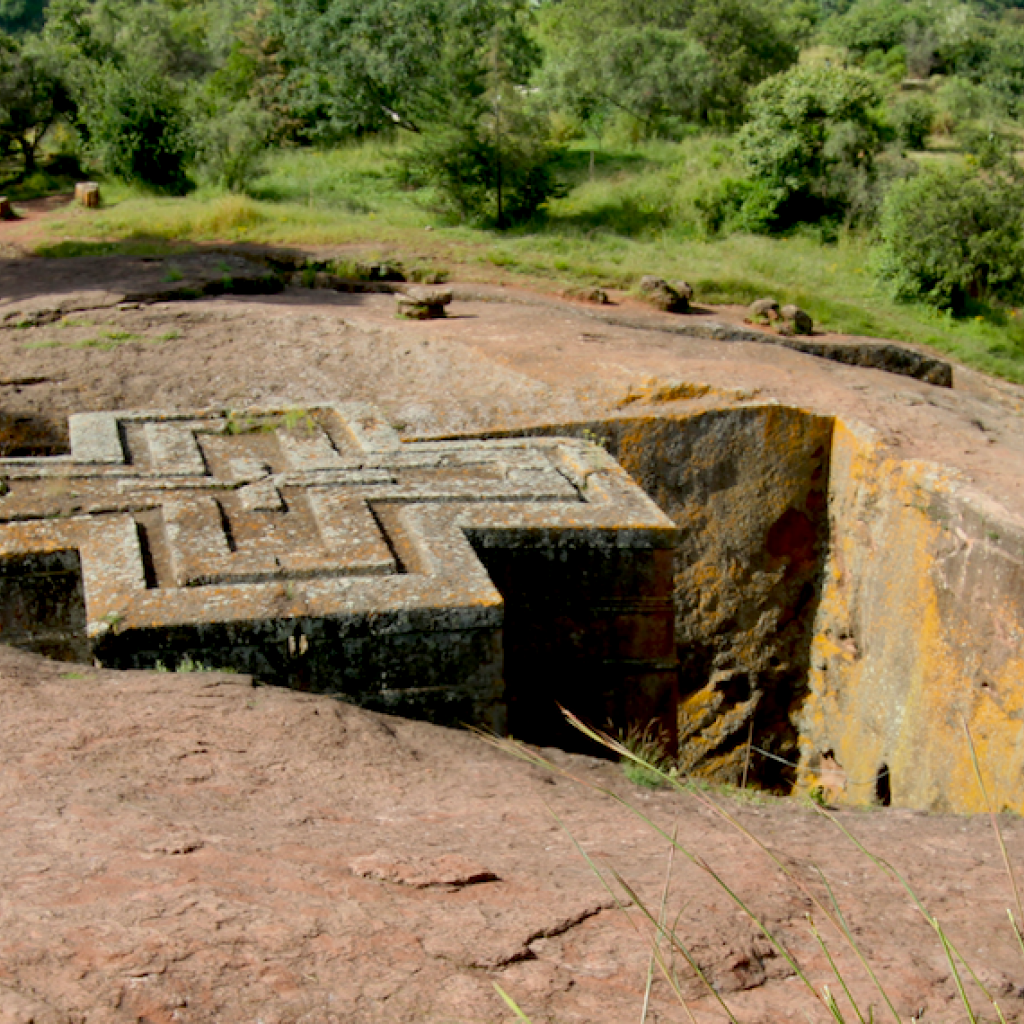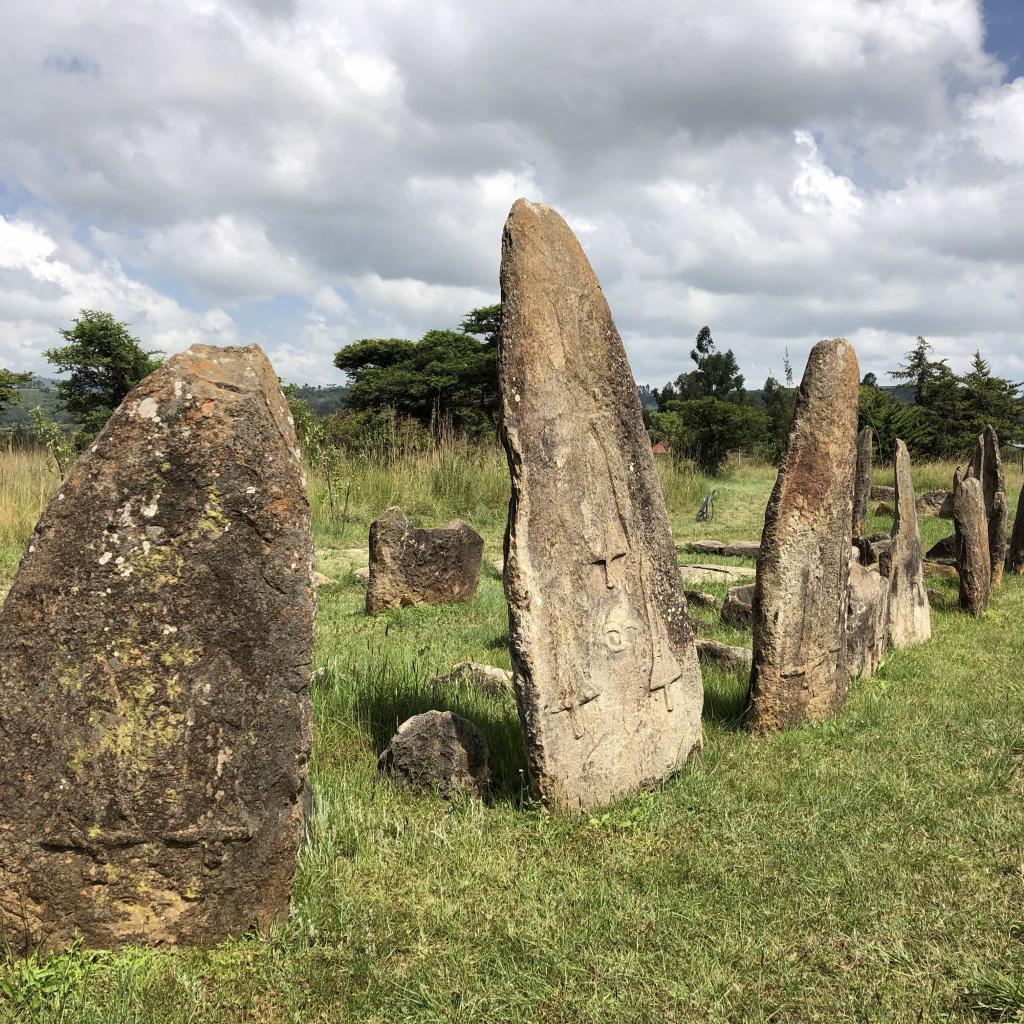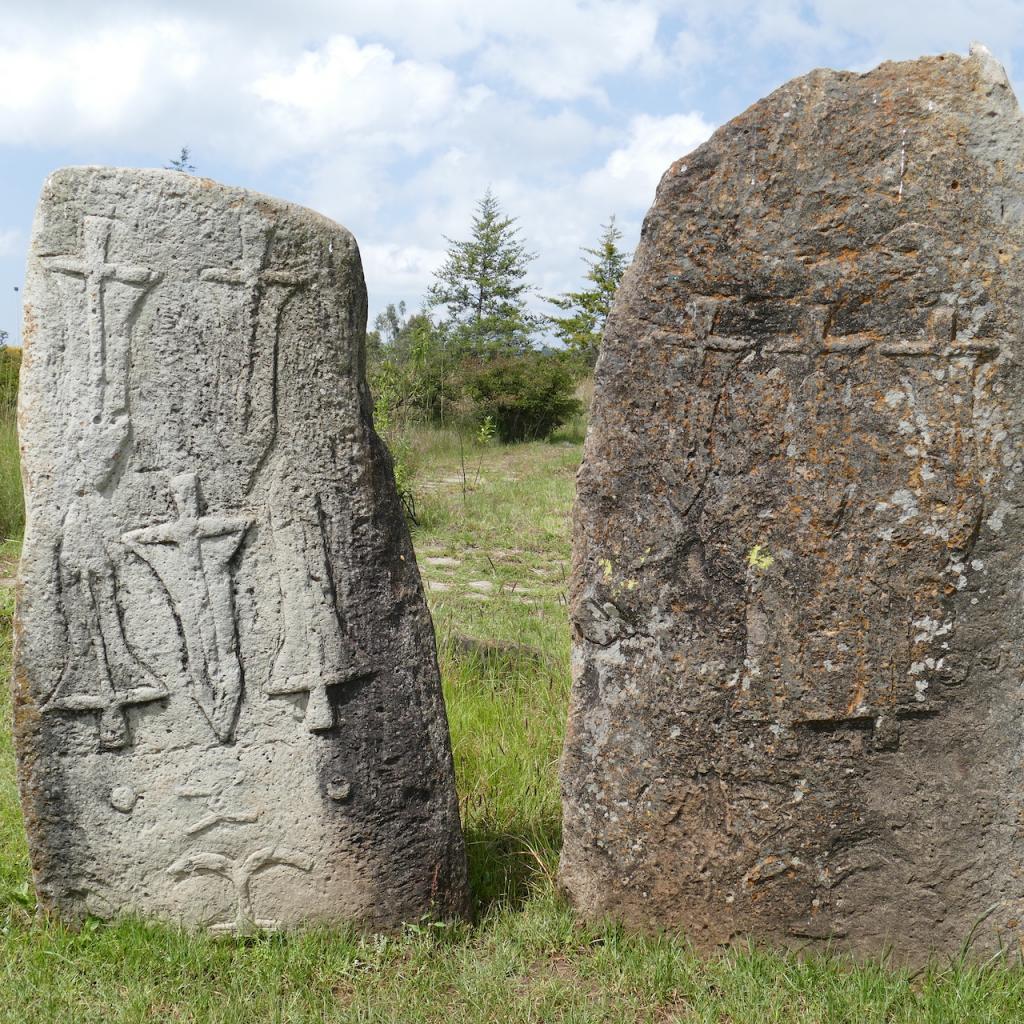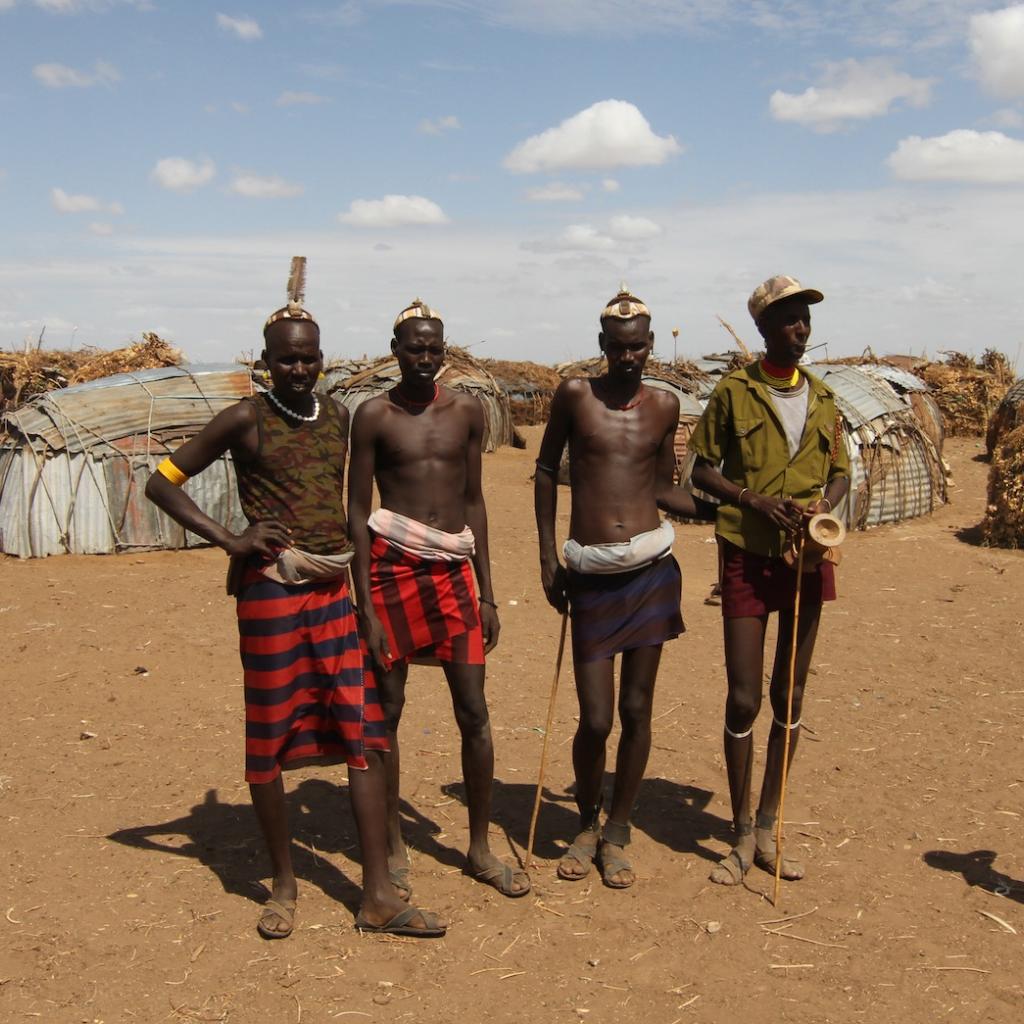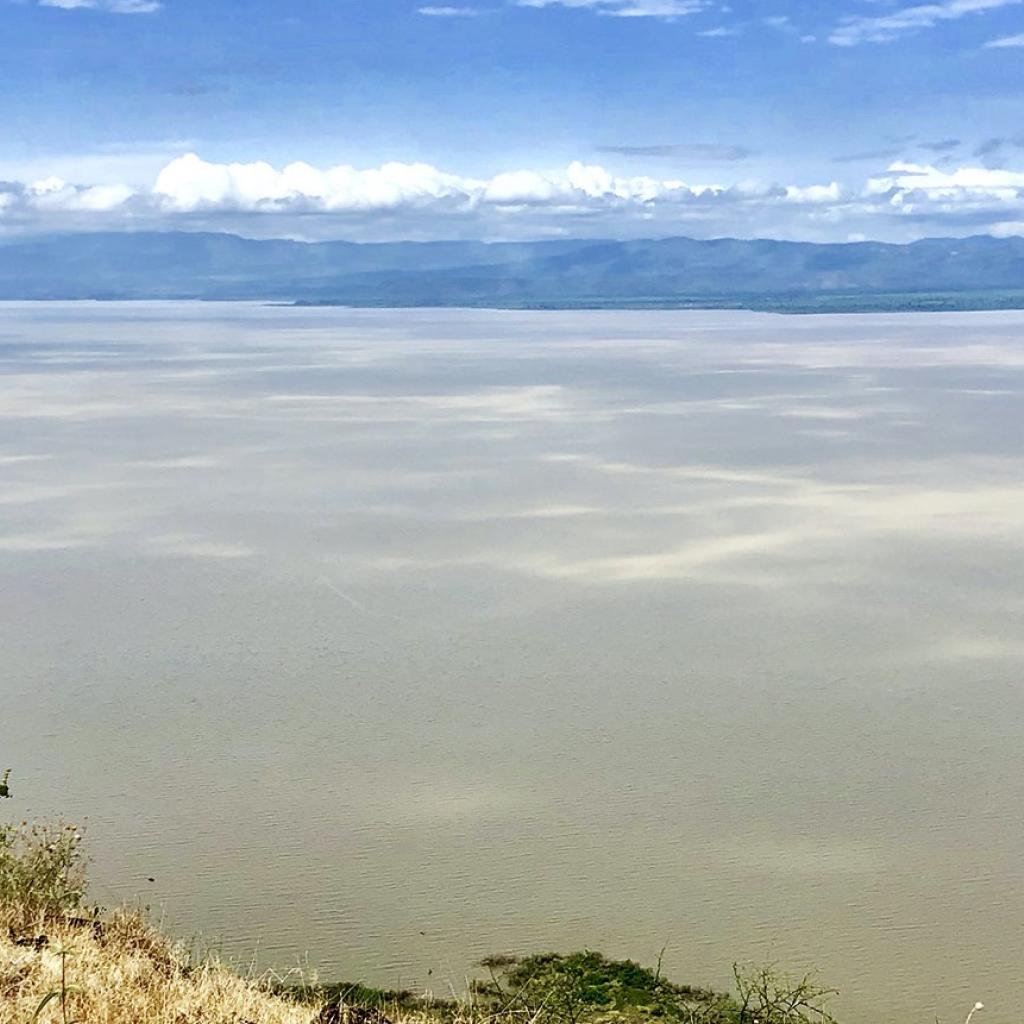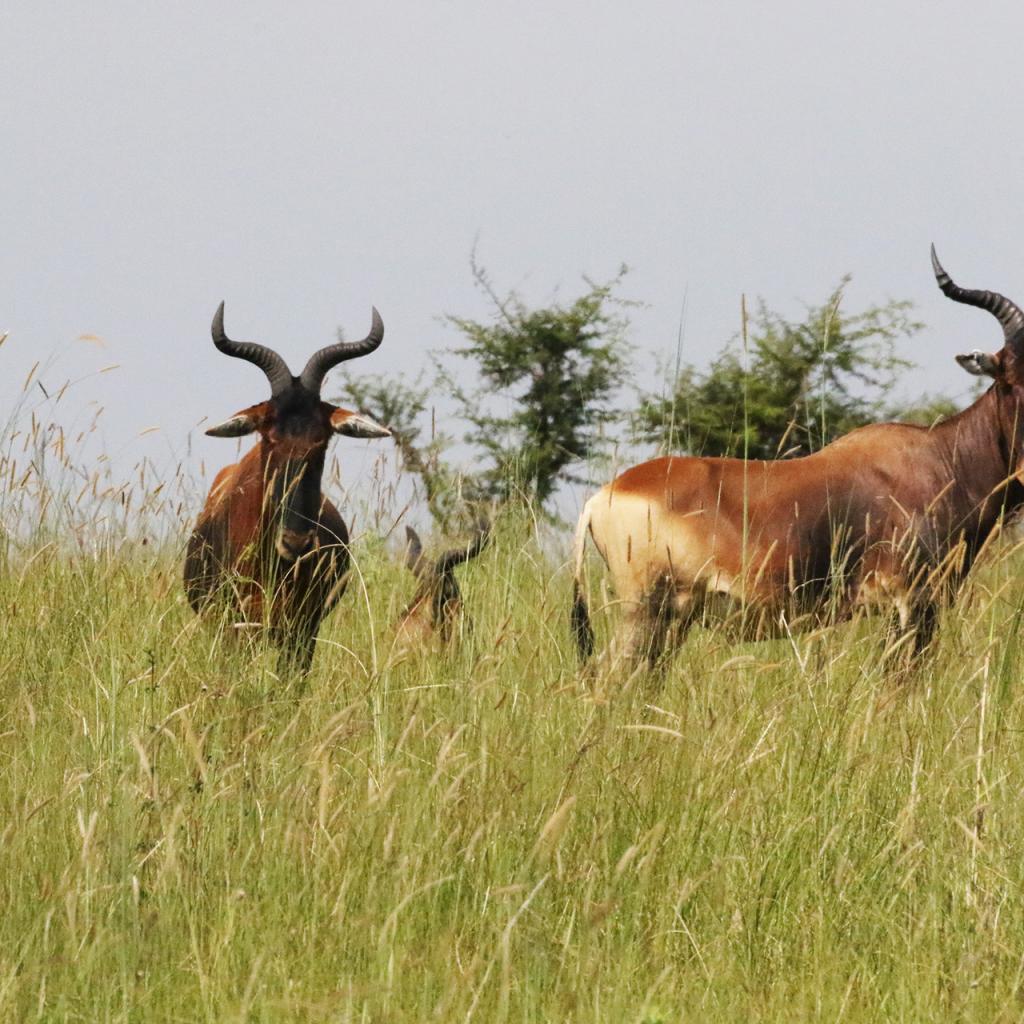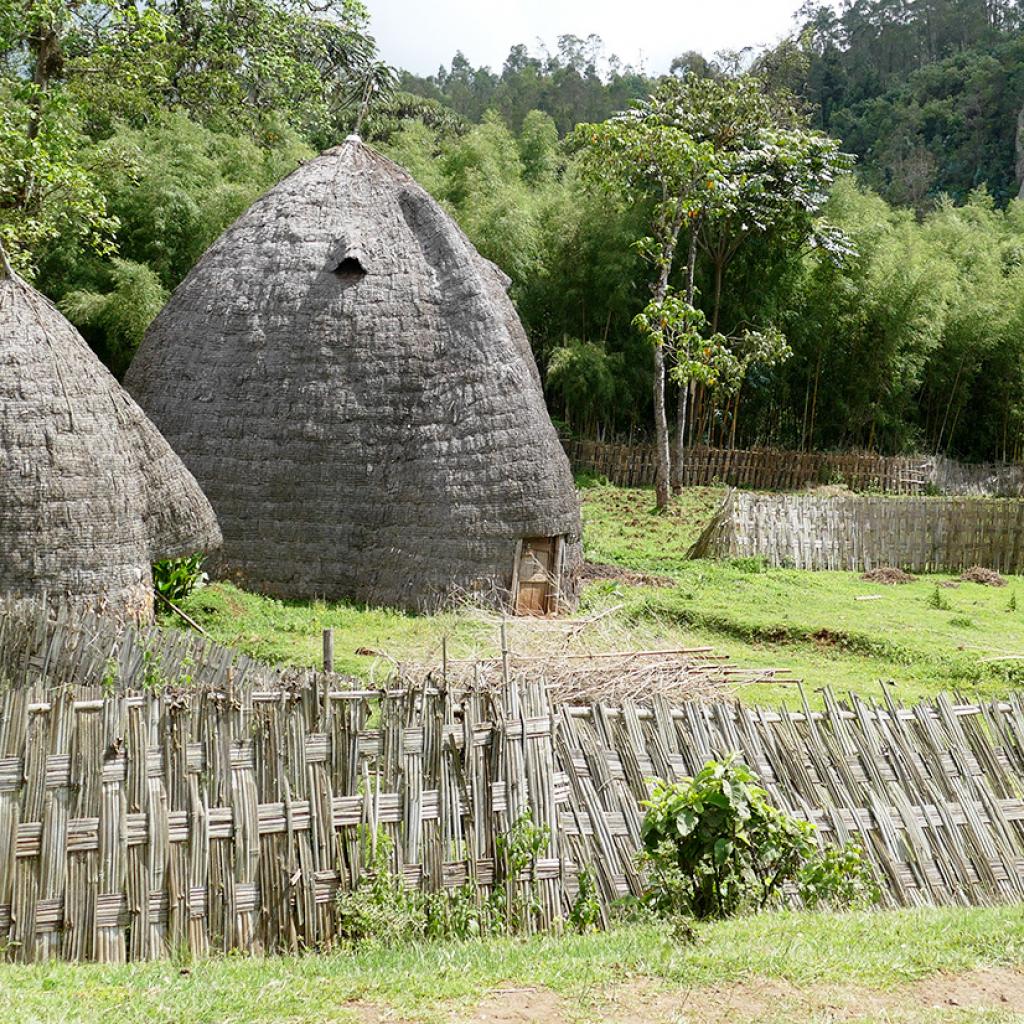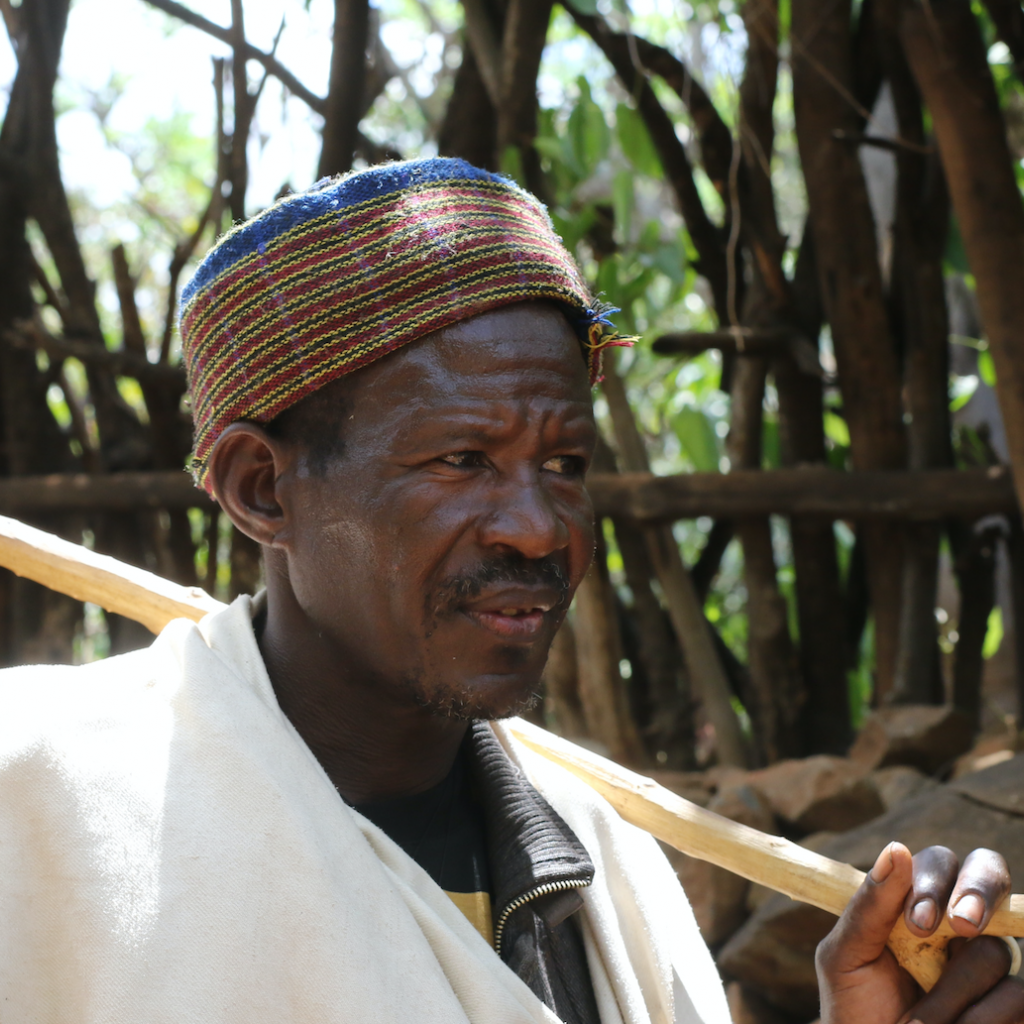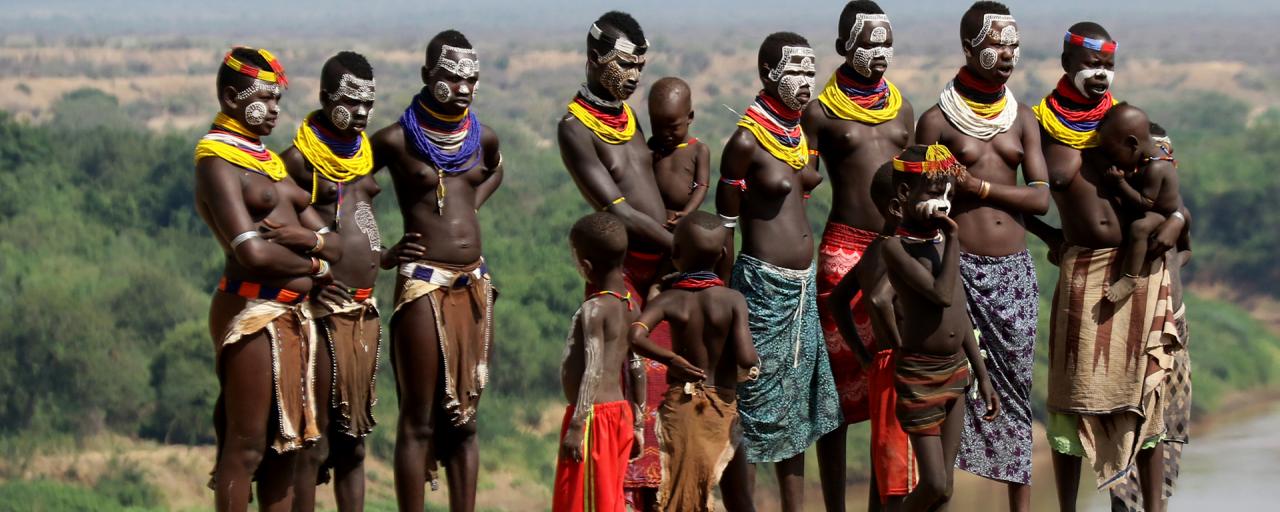
The Kara
Our journey to discover the Omo Valley, in Ethiopia, allowed us to meet a very interesting population, the Kara or, as they are often called by Westerners, the Karo.
The Kara are a small group that has a population estimated to consist of 1000 to 3000 people; this means that they are the smallest ethnic group in Ethiopia and probably one of the smallest in the entire African continent.
Anthropologists believe that the Kara formed a single group together with the Hamer, but, at a certain point in their history, they separated; the Kara preferred to move along the banks of the Omo River, while the Hamer moved towards the mountains, the reason for this separation and subsequent migration is due to the fact that they were looking for different ways to survive in this less hospitable territory.
So the Kara settled on the Eastern shores of the Omo River and still live in this place, concentrated in three main villages and other small agricultural settlements scattered in the lands they cultivate.
The village we visit directly overlooks the Omo River that in that point draws a wide curve; the river is precious to these people because it supplies fish, and its floods make the land fertile and cultivable.
But the river also carries some dangers, in its waters in fact there are many Nile crocodiles and some hippos that, because of their aggressiveness, can be dangerous.
In the past the Kara mainly practiced sheep-farming and cattle represented their wealth, while, in more recent times, they have also begun to cultivate in a more constant and effective manner.
The Kara villages consist of a set of huts positioned far from one another; the huts are built using a series of woods, that are planted in the ground close to each other following a circular plan, a high central pole supports the roof made of woven woods and straw.
What makes the Kara immediately recognizable is their appearance; in fact they are famous for their careful body painting and for the scarifications they practice on the body, as well as their elaborate hairstyles.
Both men and women have numerous scarifications on their bodies but, while for men they represent the fulfillment of courageous deeds, such as the killing of a crocodile or an enemy, for women scarifications have a mere meaning of beauty.
Body painting is fascinating and extremely photogenic, it is practiced to appear more desirable to the opposite sex and to instill fear in one's enemies.
The painting is usually white or yellow, plaster is used to make the different decorative motifs, ranging from simple dots to lines and concentric circles, while sometimes the imprint of a hand or fingers are depicted.
The Kara paint both their faces and their bodies, and the men color and sculpt their hair by kneading plaster with butter and then adorning them with bird feathers.
Another body modification is represented by a small hole that is made in the lower lip, where a stick or feather is subsequently inserted.
Attention to one's appearance is one of the main characteristics of this population; in addition to body changes, painting on the body and male hairstyles, the Kara wear numerous jewels, made mainly with colored beads; the girls in particular wear numerous colored necklaces that stand out on the bare and scarified chest.
As far as clothing is concerned, the Kara, both men and women, wear only a kilt, that is made of goat skin, while leaving the rest of the body uncovered.
The only sign of modernization that can be found in this tribe is the presence of several AK47 rifles, these have replaced the traditional spears in the protection of villages and cattle.
Our encounter with this population was very beautiful and exciting, their territory is extremely beautiful, outlined by the Omo river, and their villages, still very traditional and authentic, made us take a step back in time.
The hope is that the progress and pressures of the Ethiopian state, that is pushing for a forced civilization, will not erase this beautiful and peaceful tribe forever.


